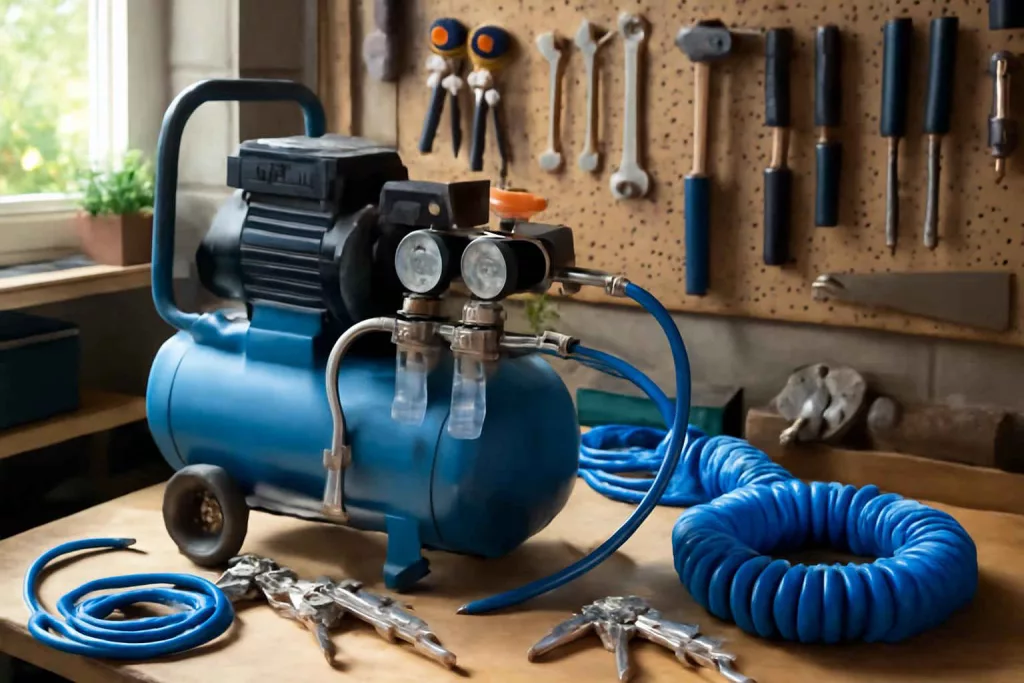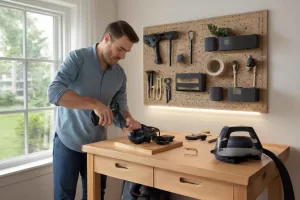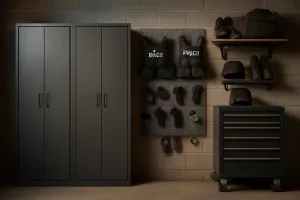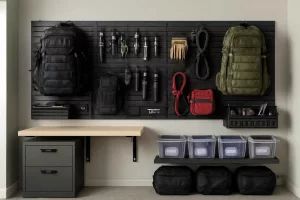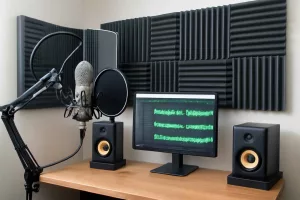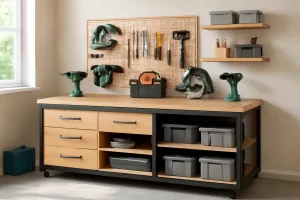Upgrading your home workshop with the right air compressor accessories can transform the way you tackle DIY projects. Whether you’re inflating tires, running pneumatic tools, or cleaning dust from hard-to-reach areas, having quality attachments ensures consistent performance, extends tool life, and boosts safety.
Why You Need Quality Air Compressor Accessories in Your Home Workshop
Investing in top-notch accessories for your air compressor is more than an upgrade—it’s a smart decision that brings measurable benefits to every project. Inferior fittings or hoses can leak, cause pressure drops, and even pose safety hazards. For example, a loose connection in a coupler can detach under high pressure, turning tools into flying projectiles. Premium accessories minimize leaks and drops in pressure, ensuring you get consistent power to pneumatic nailers, impact wrenches, and spray guns.
Consistent air pressure translates into cleaner work and better results. For painting tasks, stable pressure levels prevent uneven coatings and runs, giving a professional finish. In sanding or spray-painting furniture, maintaining uniform output means less post-work sanding and a smoother surface. Plus, quality regulators and moisture traps protect both the compressor and your tools by filtering out water and oil, reducing wear on internal components.
Beyond performance, reliable accessories reduce maintenance downtime. Standard hoses can crack or kink, leading to frequent replacements. Heavy-duty air hoses and steel-braided lines resist kinks and abrasion, lasting multiple seasons. When every minute counts on a weekend project, you’ll appreciate not stopping to swap broken hoses or chase down lost fittings.
To stock your workshop with trusted accessories, check out top-rated equipment like quick-connect kits on Amazon for a wide selection of brands and types Air Compressor Accessories. These gear head homes essentials will streamline your workflow and elevate your DIY craftsmanship.
Top Air Compressor Accessories for Gear Head Homes
Building a comprehensive accessory kit doesn’t require a massive budget. Prioritize these five categories of attachments to unlock the full potential of your compressor:
Quick-Connect Couplers and Fittings
Quick-connect couplers simplify tool changes, letting you swap pneumatic tools with a snap. They come in standard sizes (1/4″ NPT) and branded systems (Industrial, ARO, DeVilbiss). Opt for nickel-plated brass or stainless steel couplers to prevent corrosion and ensure secure, leak-free connections. A common DIY mistake is mixing coupler standards, so label each fitting and maintain a dedicated set for each tool type.
Air Hoses and Retractable Reels
Choose hoses based on flexibility and durability. Hybrid rubber/PVC hoses offer kink resistance and high-pressure ratings, while PVC-only lines are lightweight. Look for hoses rated at 300+ PSI with thick outer jackets. Retractable hose reels mount on walls or ceilings, keeping your floor clear. This setup reduces tripping hazards and extends hose life by preventing sharp bends when not in use.
Pressure Regulators and Gauges
Regulators maintain optimal tool performance by controlling outlet pressure between 20 and 120 PSI, depending on the tool. Integrated dual gauges let you monitor tank and line pressure in real time. Seek regulators with stainless steel internals for precise adjustments and long-term stability. Avoid plastic-bodied regulators, which wear out and leak over time.
Moisture Traps and Inline Filters
Compressed air often carries water and oil vapor, which damage tools and leave stains on painted surfaces. Inline moisture traps and filters remove up to 99% of contaminants. Install the filter-regulator-lubricator (FRL) assembly close to your compressor outlet and before sensitive tools. Replace filter elements every 3–6 months, or sooner if you notice water spitting from the drain valve.
Blow Guns and Nozzles
Blow guns are versatile for cleaning off workpieces, clearing saw dust from blades, or quickly drying parts. Look for models with adjustable air nozzles that range from pinpoint blasts to wide sprays. OSHA-compliant blow guns have integrated safety shrouds to reduce noise and prevent injurious back pressure. Keep a dedicated blow gun in your budget workshop dust collection system area for quick cleanups.
How to Choose the Right Accessories for Your DIY Projects
Selecting the best accessories depends on the types of projects you tackle most often. Start by listing the pneumatic tools in your arsenal—nailers, staplers, impact wrenches, sanders, or spray guns—and note each tool’s required pressure and CFM (cubic feet per minute) rating. Ensure your compressor’s capacity exceeds the highest CFM demand, plus a 20% margin for simultaneous tool use.
Next, assess your workspace constraints. If you have limited floor space, a vertical air hose reel might be preferable to a horizontal wall-mounted one. For infrequent users, a small 5–10 gallon tank paired with a compact regulator/filter is cost-effective. Otherwise, a 20+ gallon horizontal tank provides longer run times between motor cycles.
Material compatibility is another key factor. Use stainless steel fittings in corrosive environments or near solvents, while brass fittings suit most general applications. Consider quick-change tool kits for frequent swaps, and invest in certified safety blow guns if you work near electronics or sensitive parts.
Maintenance Tips for Longevity of Compressor Accessories
Routine maintenance keeps accessories performing at their best. Drain condensate from hoses and tanks daily to prevent rust. Inspect hoses for cracks or hardened spots every month; replace any line that shows wear. Clean filter bowls weekly and change filter elements promptly when airflow drops or moisture passage becomes noticeable.
Lubricate couplers and regulators using a few drops of pneumatic tool oil. This prevents wear on moving parts and guards against corrosion inside internal chambers. Tighten loose fittings with a wrench—avoid over-torquing plastic thread protectors. Keep your FRL assembly clear of workshop debris by mounting it off the floor and covering it when not in use.
Installation and Setup Guide for Air Compressor Accessories
Proper setup begins with your compressor location. Mount it on a flat, level surface at least 6 inches from the wall for heat dissipation. Position your FRL assembly within 3 feet of the compressor outlet to capture moisture early. Use thread seal tape for all NPT connections to ensure leak-free seals without contaminating regulators.
When installing quick-connect couplers, thread them by hand before using a wrench to finish snugly—never force them past their torque rating. Route hoses away from walkways or moving machinery, securing them with clamps or hose guides. If you installed a retractable reel, adjust the spring tension per manufacturer instructions to extend and retract smoothly without jerking.
Budget-Friendly Options vs. Premium Gear
Balancing cost and performance is crucial for gear head homes on a budget. Entry-level accessory kits bundle standard brass fittings, PVC hoses, and a basic regulator/filter. While these kits are affordable, they often lack heavy-duty durability and may require replacements every season.
Mid-tier options replace PVC hoses with hybrid rubber lines, upgrade regulators to stainless steel internals, and include moisture traps rated for higher flow. These selections represent the best value for frequent DIYers. Premium accessories feature stainless steel couplers, steel-braided hoses, and advanced multi-stage filters to deliver near-commercial reliability—ideal for weekend pros or demanding users.
To compare budget and premium kits, browse models such as cost-effective hose reels or deluxe FRL assemblies on Amazon Air Compressor Hose Reels and choose based on your workshop needs.
Conclusion
Equipping your home workshop with the right air compressor accessories is a game-changer for gear head homes enthusiasts. From leak-resistant fittings to effective moisture traps and durable hoses, each attachment enhances performance, safety, and convenience. Follow proper installation and maintenance practices, balance your budget, and watch your DIY projects reach new levels of quality and efficiency.
Ready to upgrade? Start by adding essential items to your cart today and see the difference in every blow, nail, and spray.
